Selecting the right filament is key to successful 3D printing. Whether you’re printing functional prototypes, artistic models, or everyday tools, the material you choose affects your final object's strength, flexibility, and appearance. In this guide, we compare three of the most commonly used filaments in FDM 3D printing- PETG, PLA, and ABS, to help you find the one that best suits your needs.
PETG (Polyethylene Terephthalate Glycol-Modified)
PETG is one of the most versatile filaments in 3D printing, offering an excellent balance of strength, flexibility, and ease of use. It’s suitable for both beginners and experienced users alike.
Key Benefits of PETG:
• Durability: Stronger than PLA and ABS, making it ideal for load-bearing or functional parts.
• Flexibility: More impact-resistant and less brittle than PLA.
• Chemical Resistance: Withstands water, acids, and alkalis—suitable for industrial and outdoor applications.
• Transparency: Naturally semi-transparent, great for visual or lighting-based designs.
• Food Safety: Some PETG brands are certified food-safe (check individual product specs).
Pros:
• Easy to print with good bed adhesion and minimal warping.
• Smooth surface finish and strong layer bonding.
• High impact resistance for functional prints.
Cons:
• Prone to stringing—requires fine-tuned retraction settings.
• Very sticky—prints can be hard to remove from the bed.
• Slightly higher price and higher printing temperature (230-250°C).
Use Cases:
PETG is ideal for functional prototypes, tool parts, outdoor fixtures, and any print that requires both durability and visual appeal.
Recommended PETG Filament:
Try our premium Sovol PETG Filament – engineered for strength and reliability.
PLA (Polylactic Acid)
PLA is one of the most beginner-friendly filaments, loved for its ease of use and eco-friendliness. Made from renewable resources like corn starch, it’s safe, low-odor, and great for everyday printing.
Key Benefits of PLA:
• Ease of Use: Prints at a lower temperature (180-220°C) and typically doesn’t require a heated bed.
• Eco-Friendly: Biodegradable and suitable for indoor use.
• Detail Precision: Delivers high-quality surface finish and fine detailing.
Tips:
• PLA is brittle—print slower and avoid high-speed cooling.
• Not heat- or impact-resistant—avoid using outdoors or for load-bearing parts.
Use Cases:
Perfect for educational projects, decorative models, low-stress functional items, and beginner learning.
Recommended PLA Filament:
Check out our eco-friendly Sovol PLA Filament, available in a variety of vibrant colors.
ABS (Acrylonitrile Butadiene Styrene)
ABS is a strong, heat-resistant filament commonly used for industrial or mechanical parts. It’s more challenging to print than PLA or PETG but offers higher toughness and durability.
Key Benefits of ABS:
• High Strength & Toughness: Great for parts that need to withstand physical stress or wear.
• Heat Resistance: Maintains performance at higher temperatures—ideal for automotive or outdoor use.
• Post-Processing Friendly: It can be sanded, smoothed with acetone vapor, or painted easily.
Tips:
• Requires a high printing temperature (230-250°C) and a heated bed.
• Benefits from an enclosed printer to prevent warping and cracking due to cooling.
Use Cases:
Suitable for mechanical components, enclosures, automotive parts, or anything that demands high structural integrity.
Conclusion: Which Filament Should You Choose?
• Choose PLA if you’re a beginner or want quick, easy, and decorative prints.
• Choose PETG if you need a balance between strength and printability.
• Choose ABS for durable, heat-resistant, and functional parts in professional applications.
Still unsure? Explore our full range of 3D printing filaments and find the perfect match for your Sovol 3D printer.

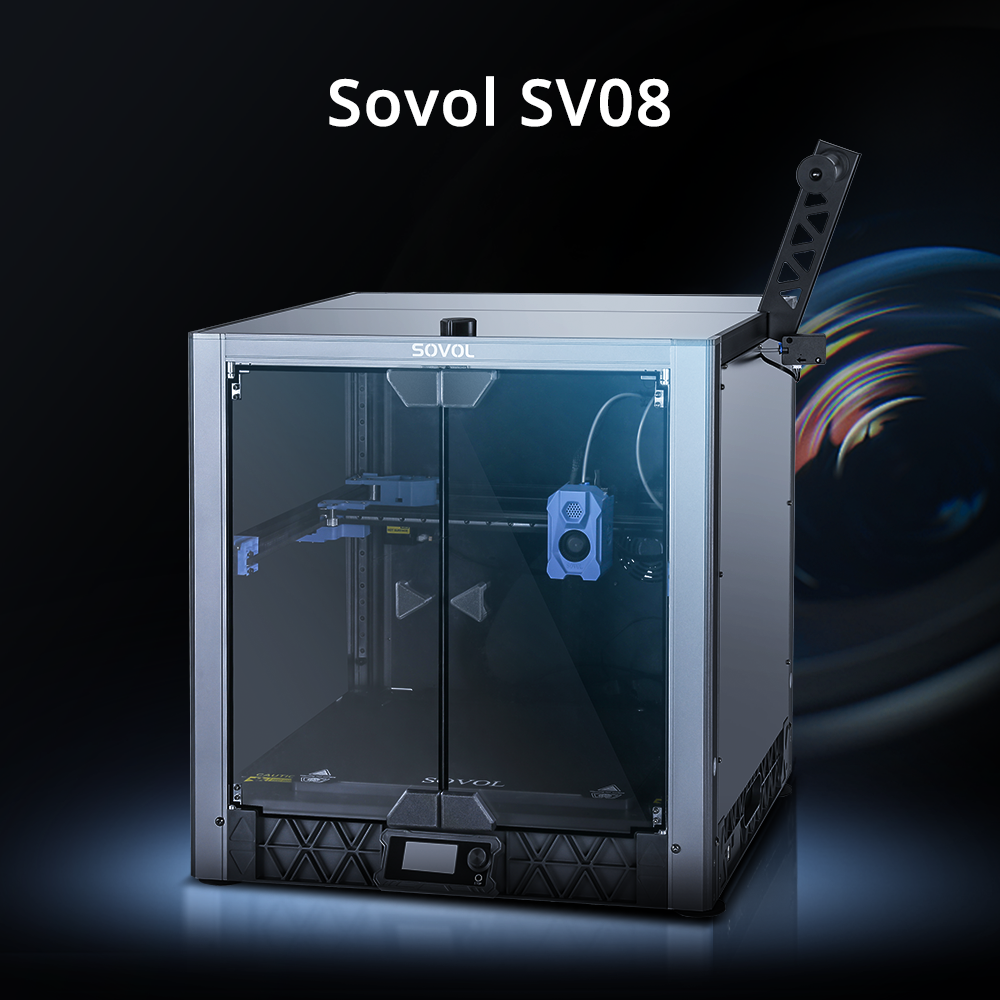
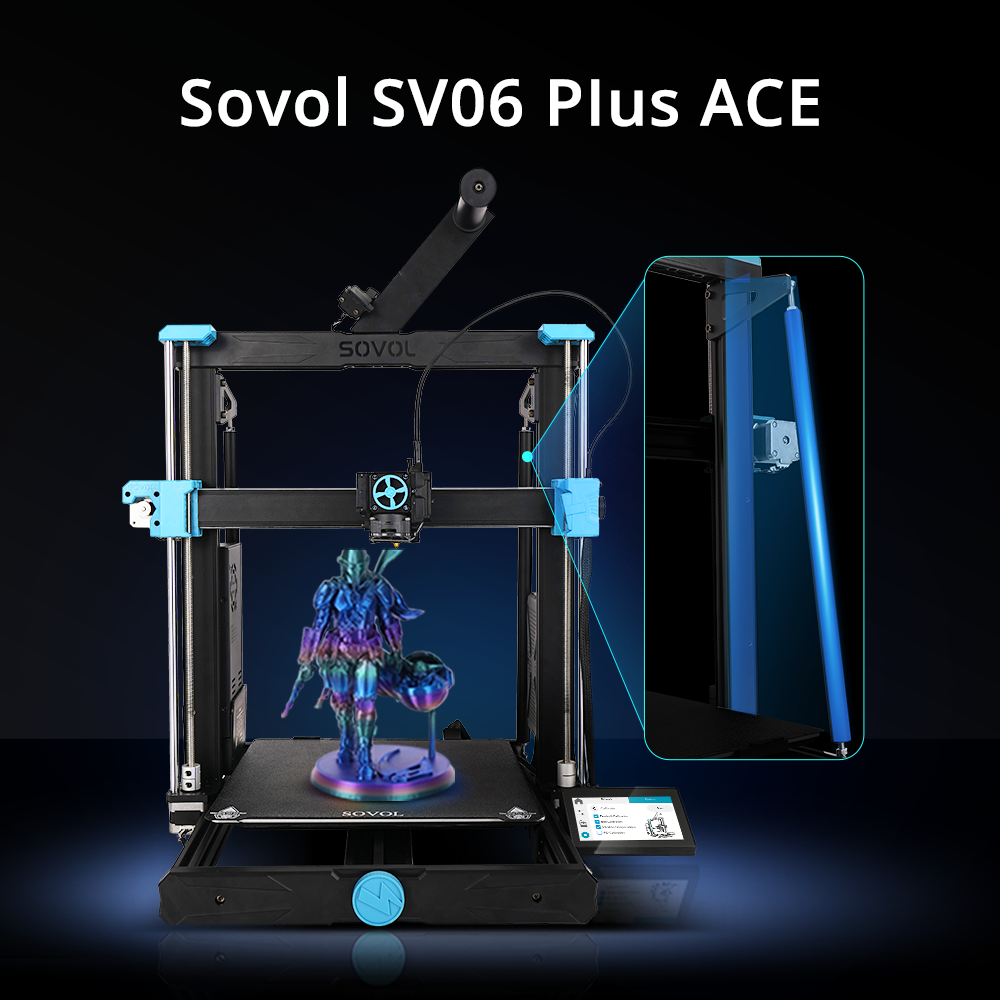


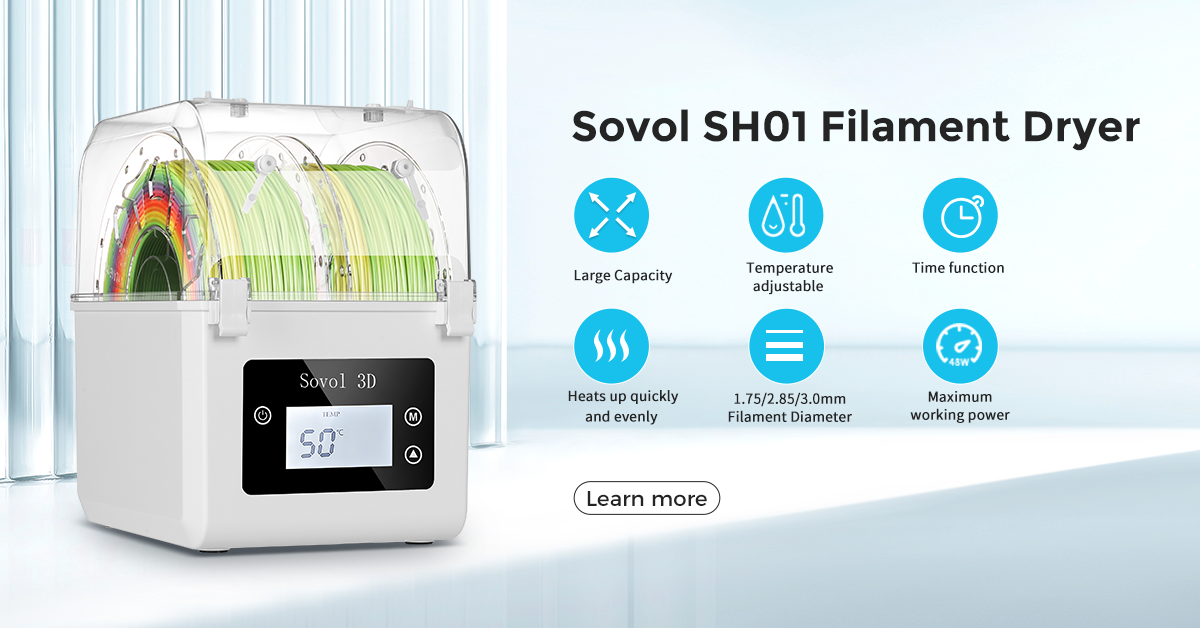
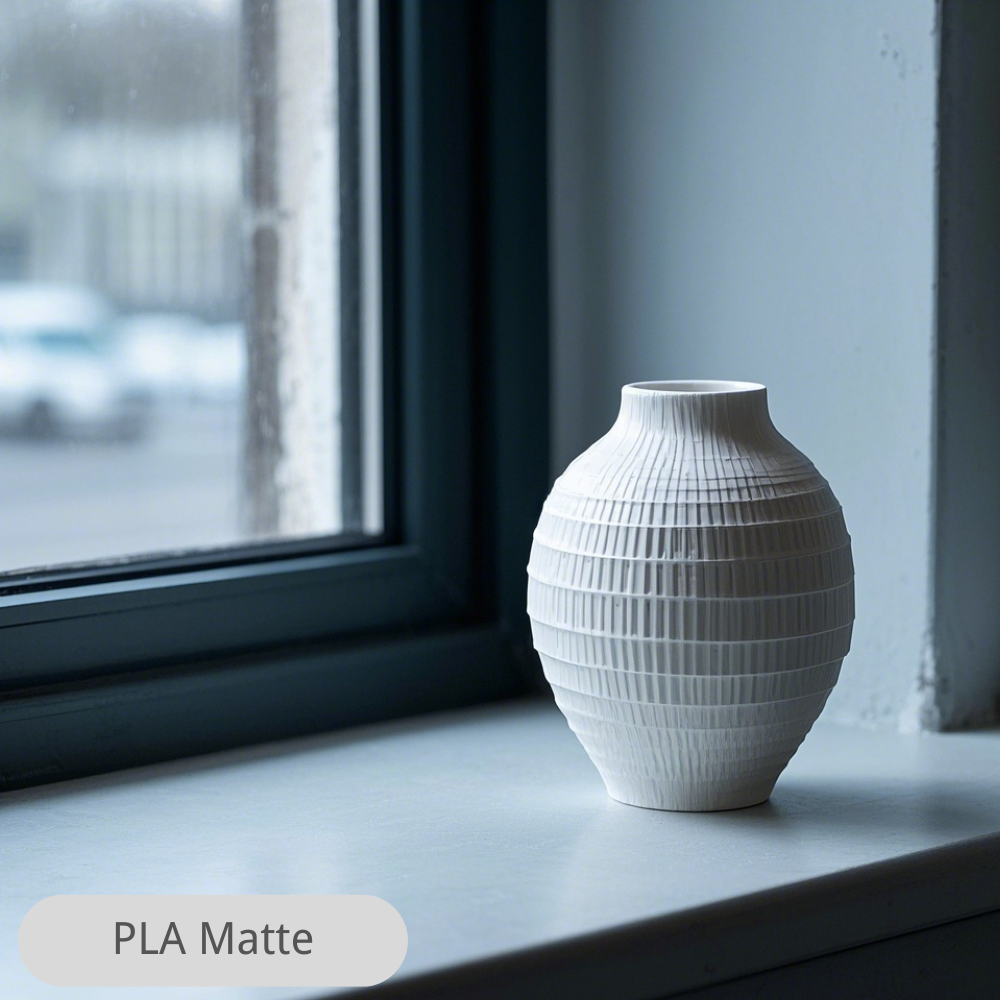
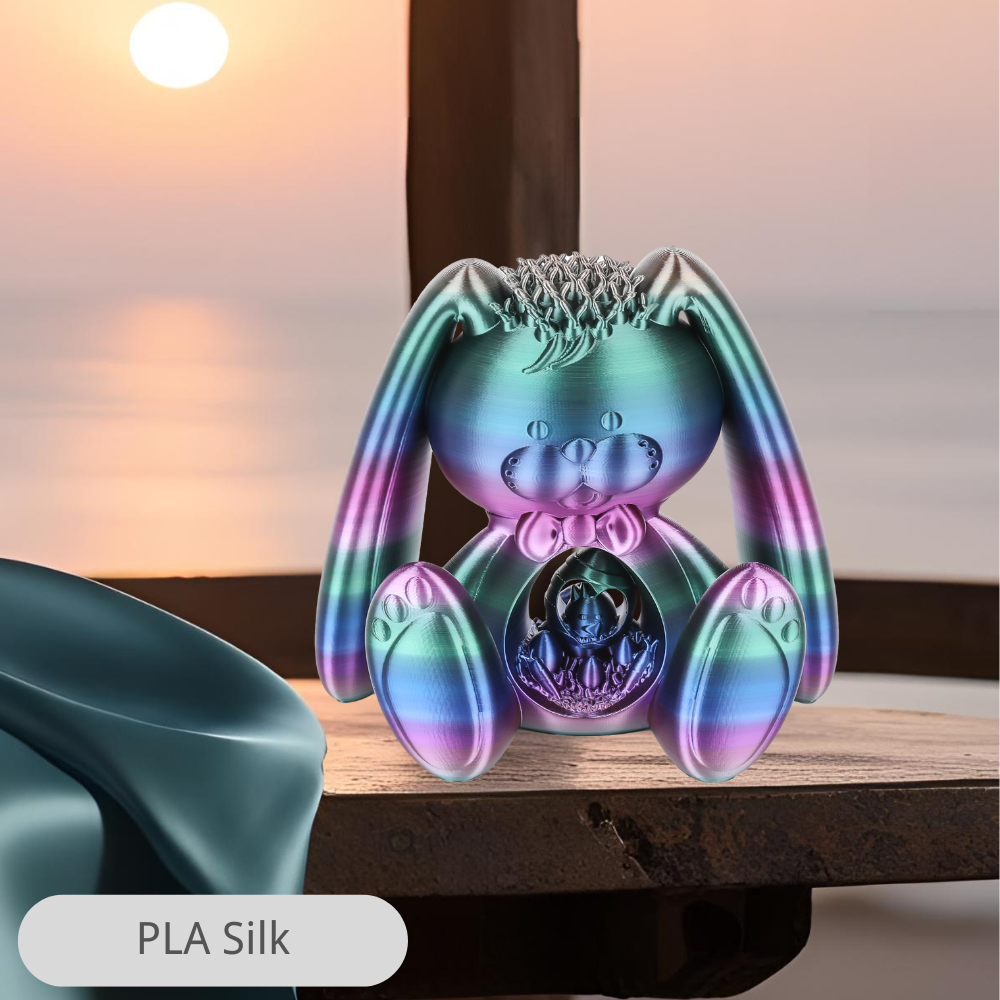
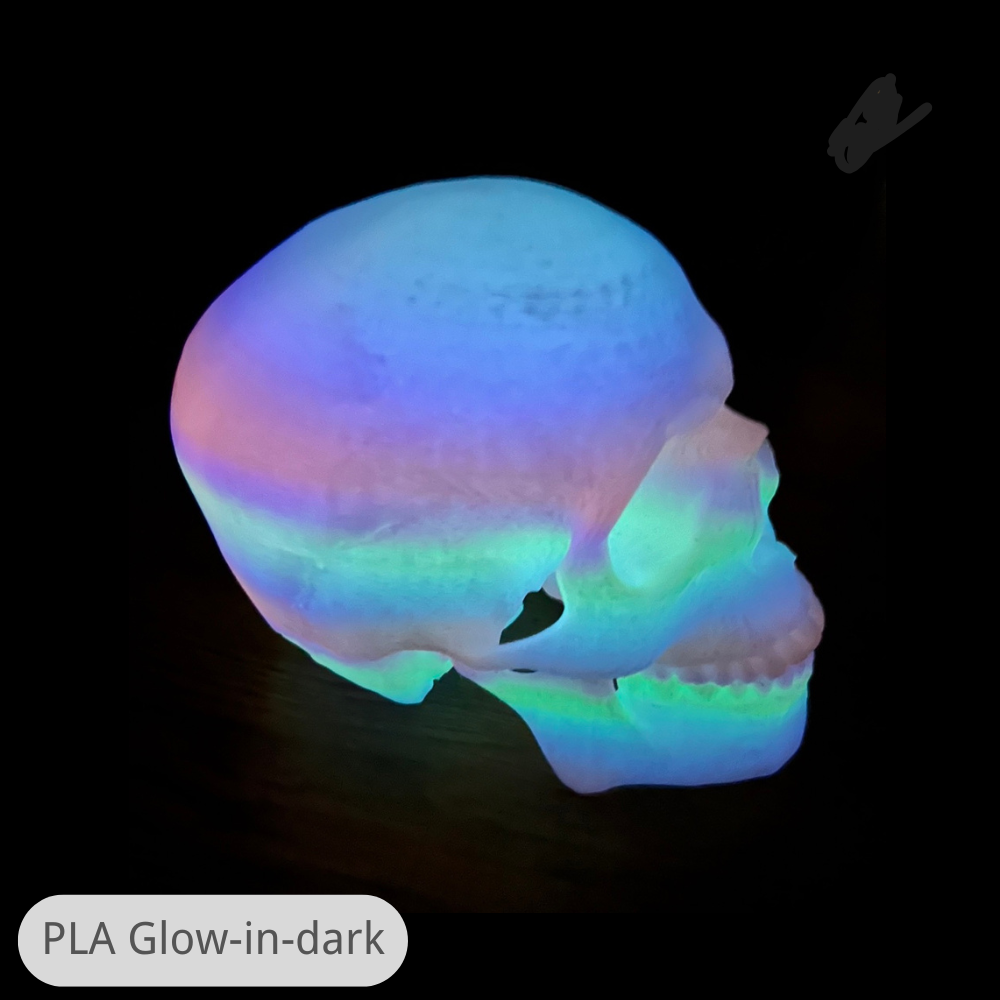
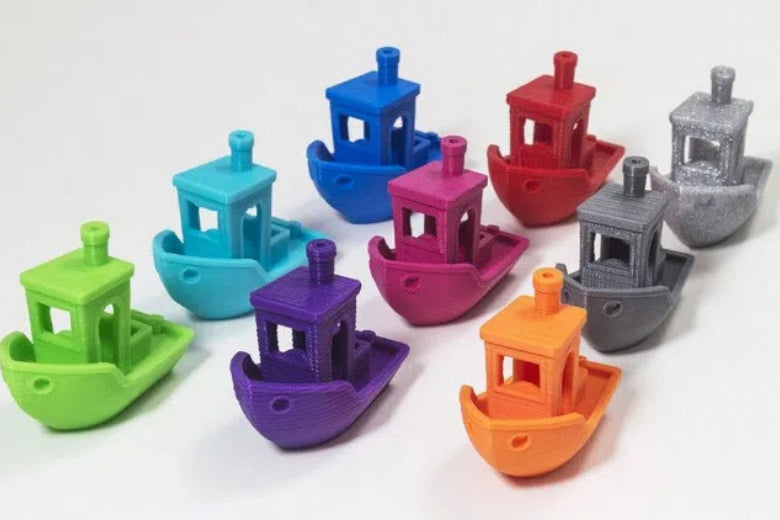


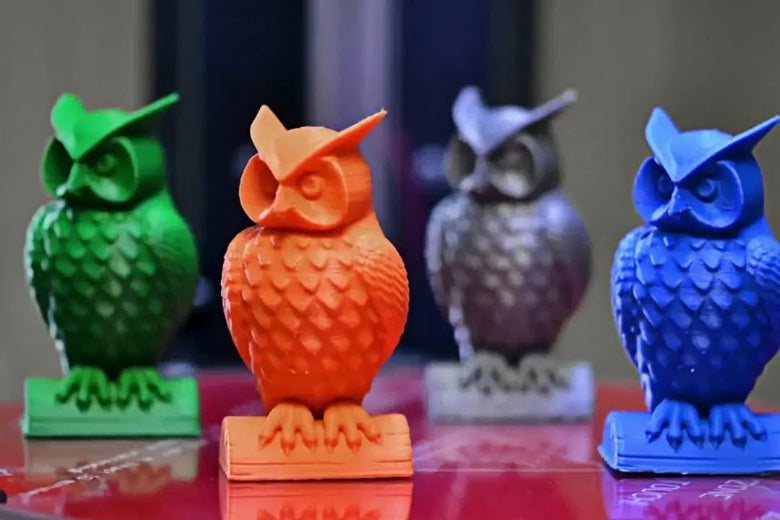
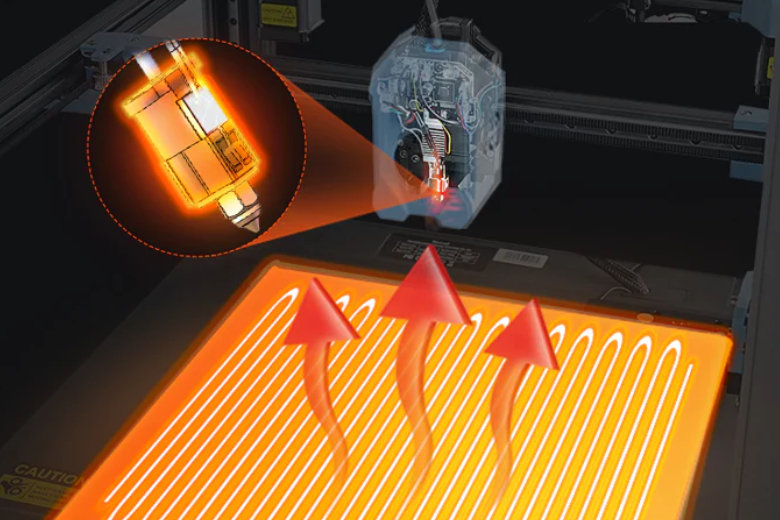
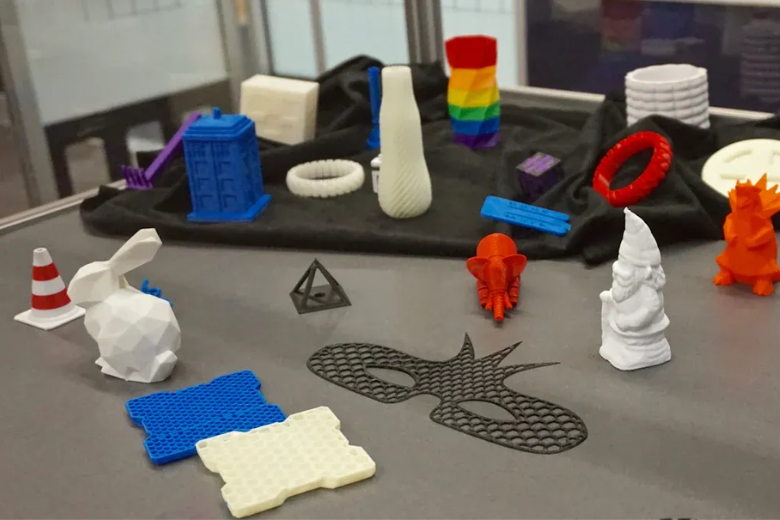
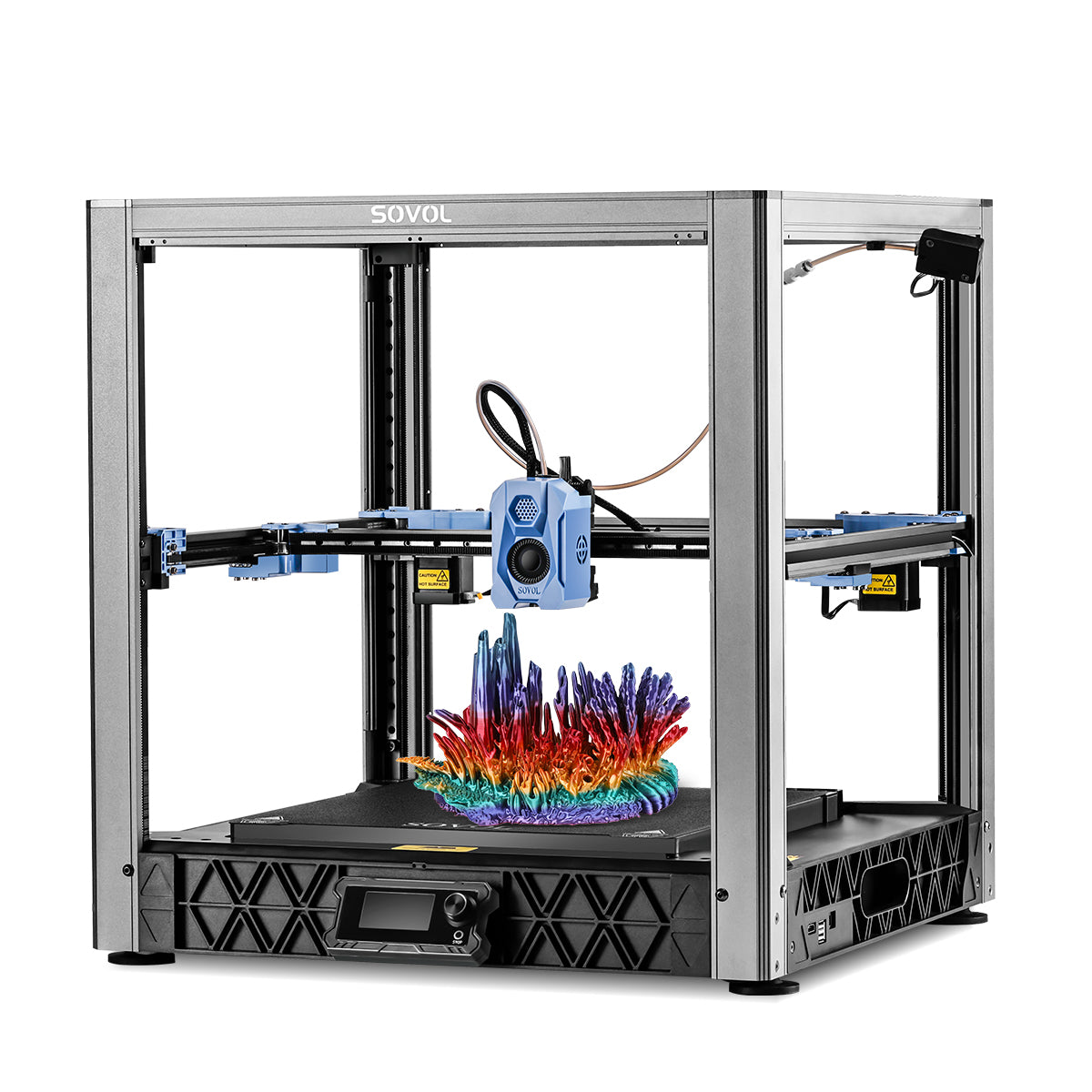
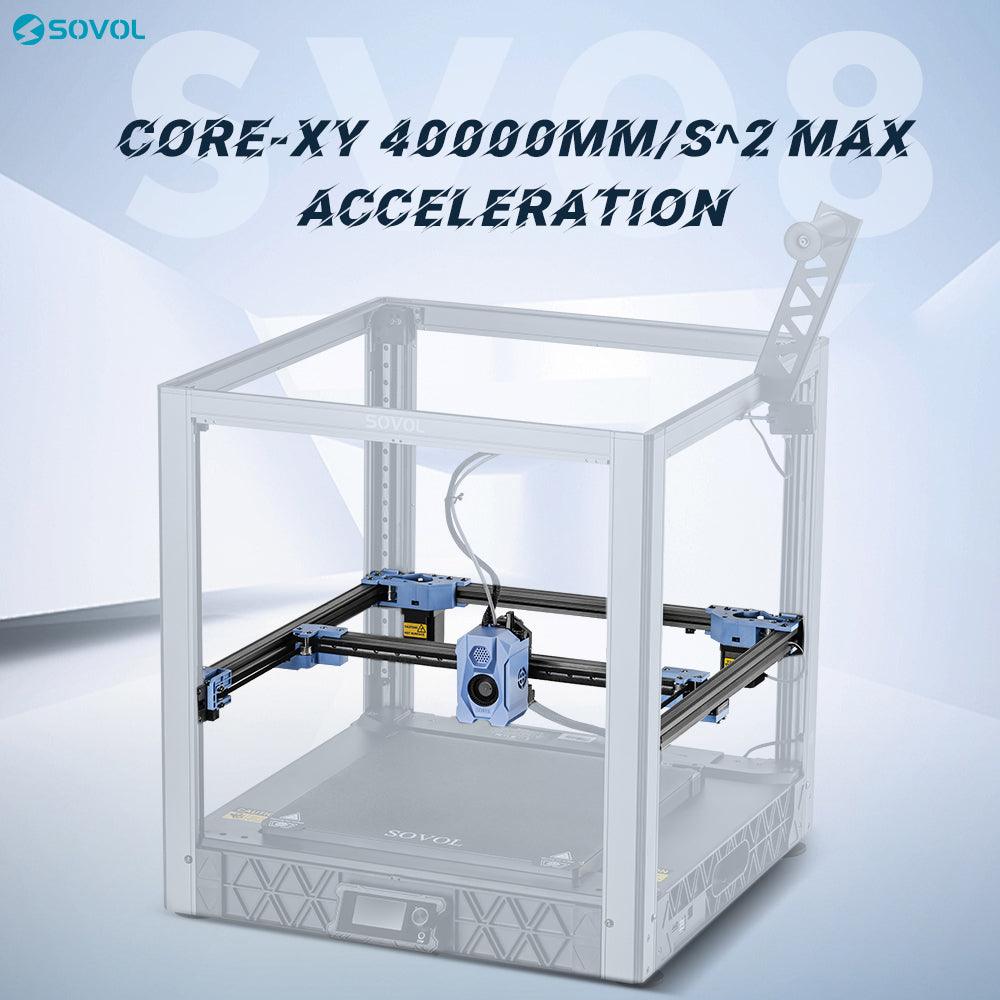
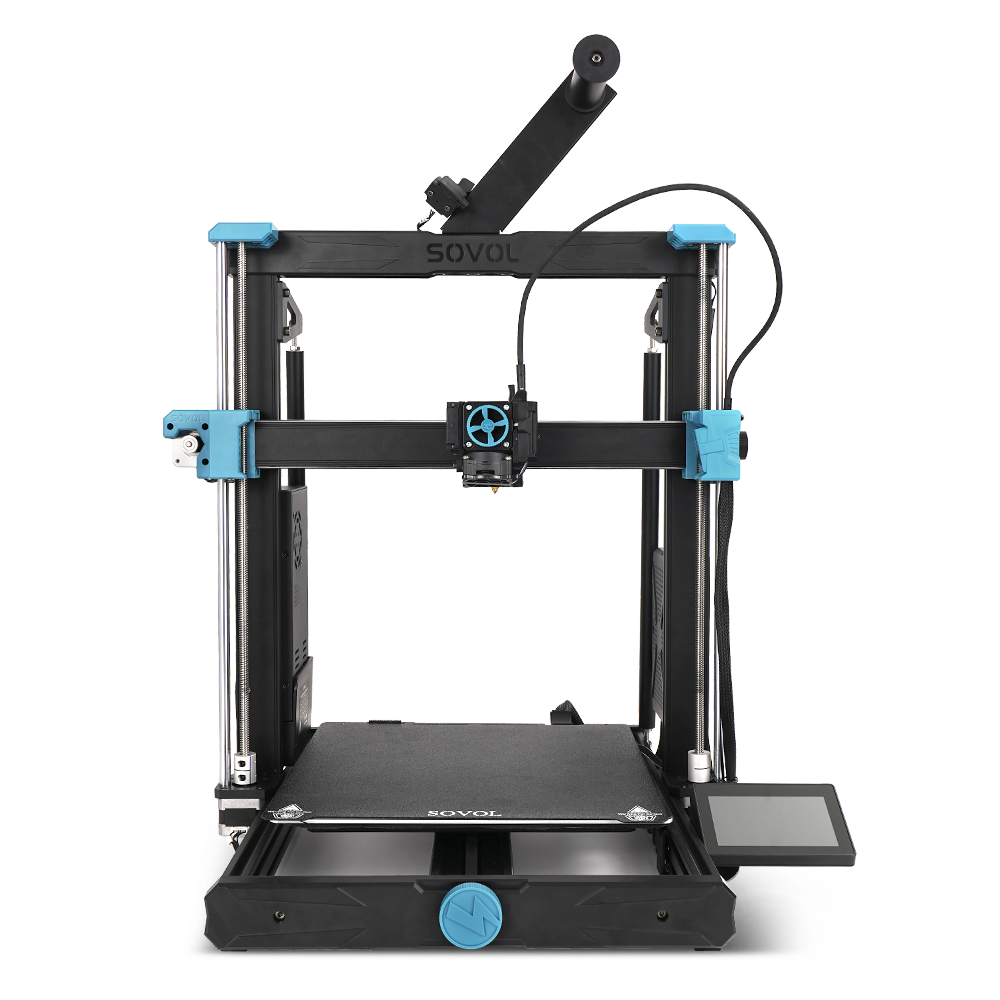
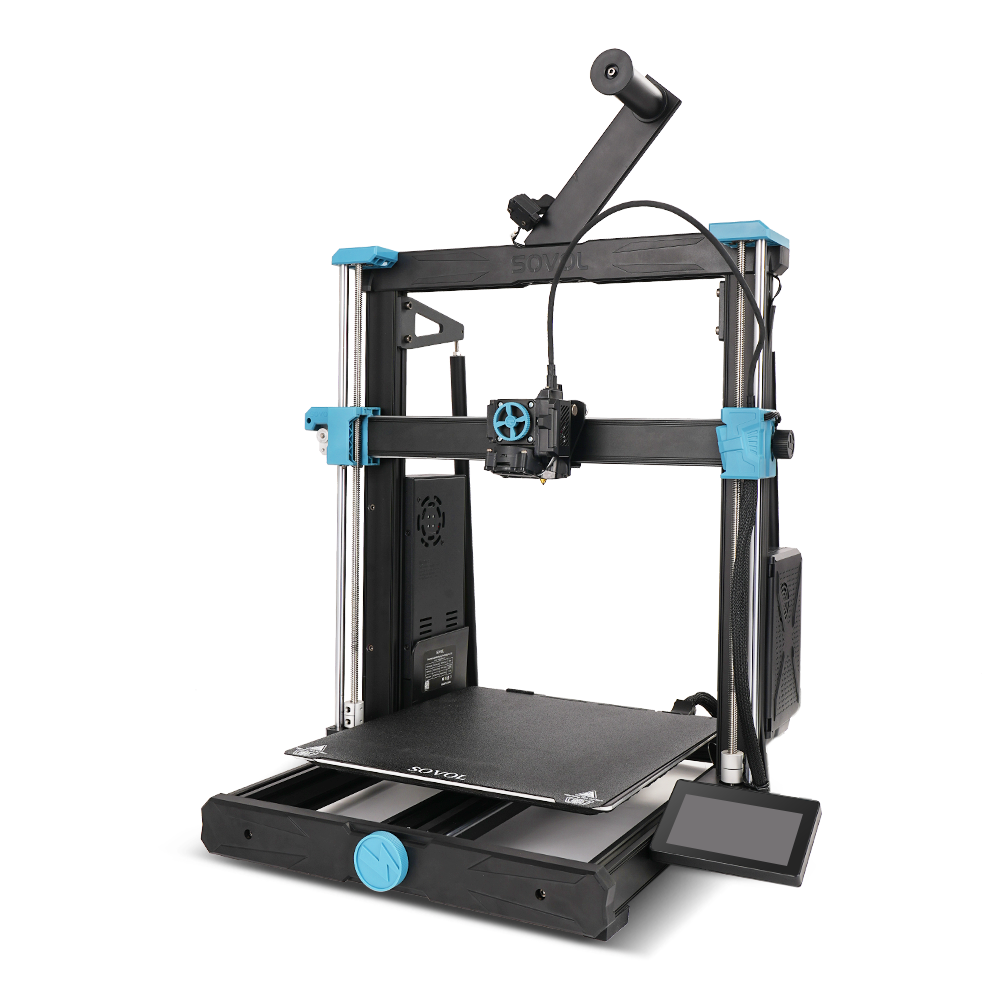
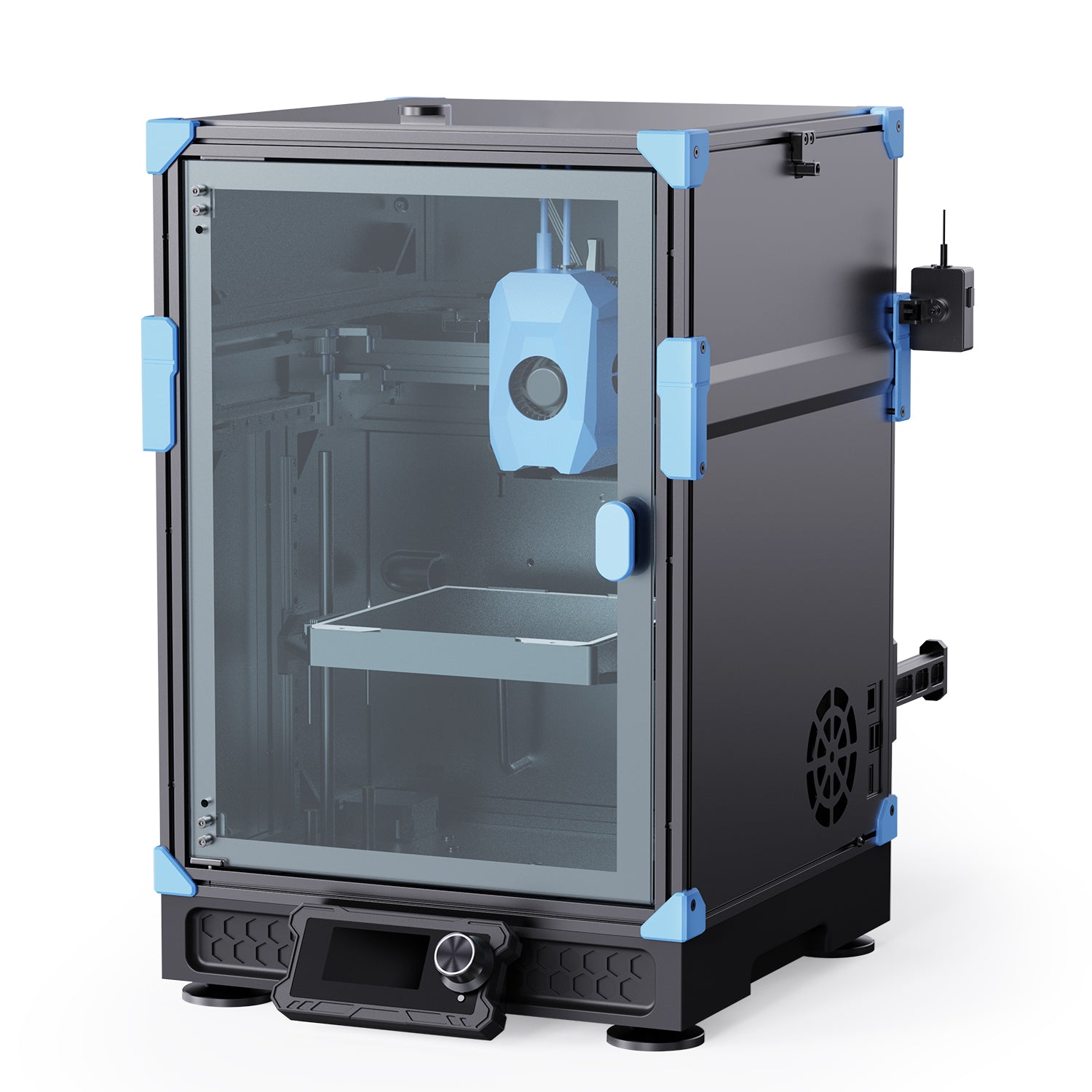
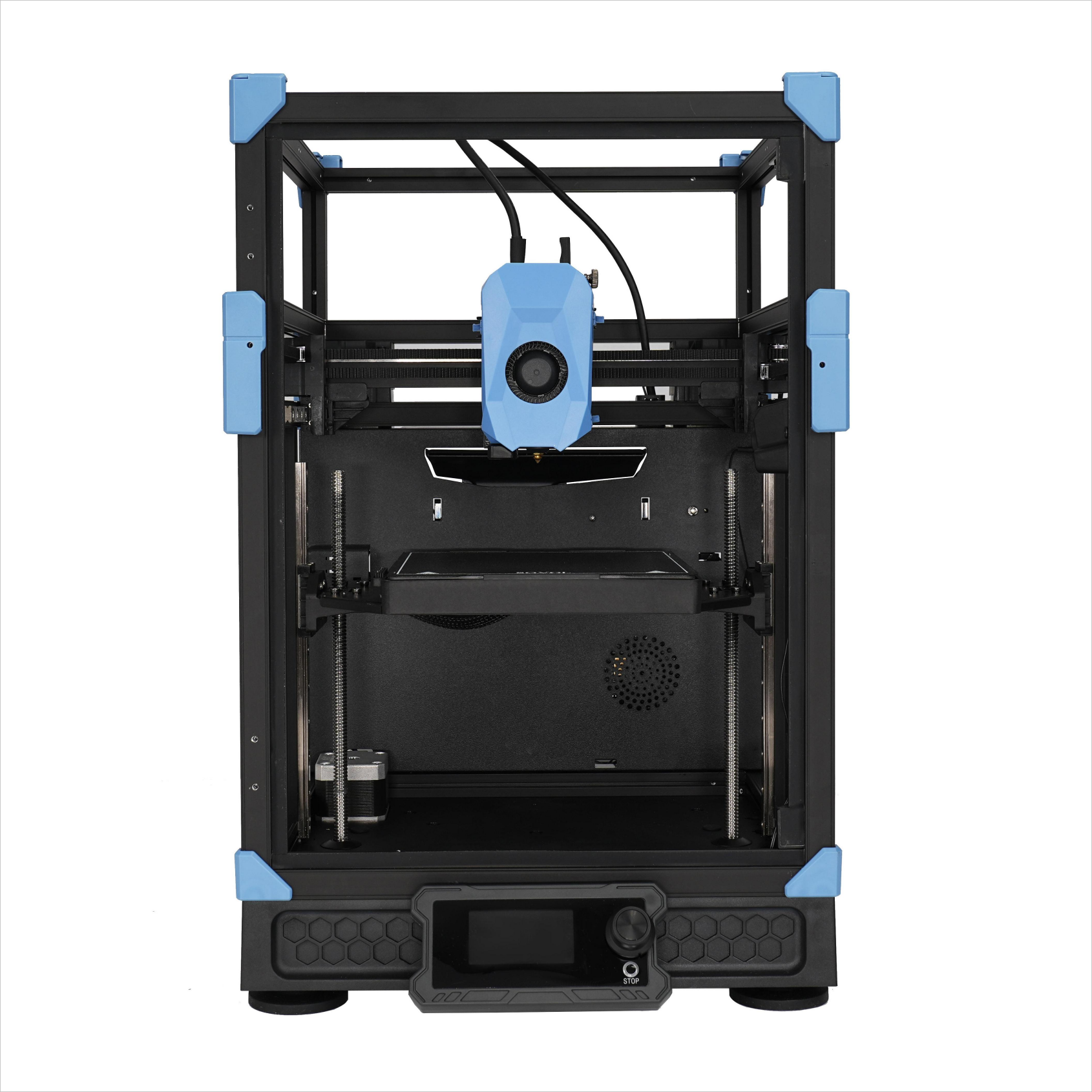
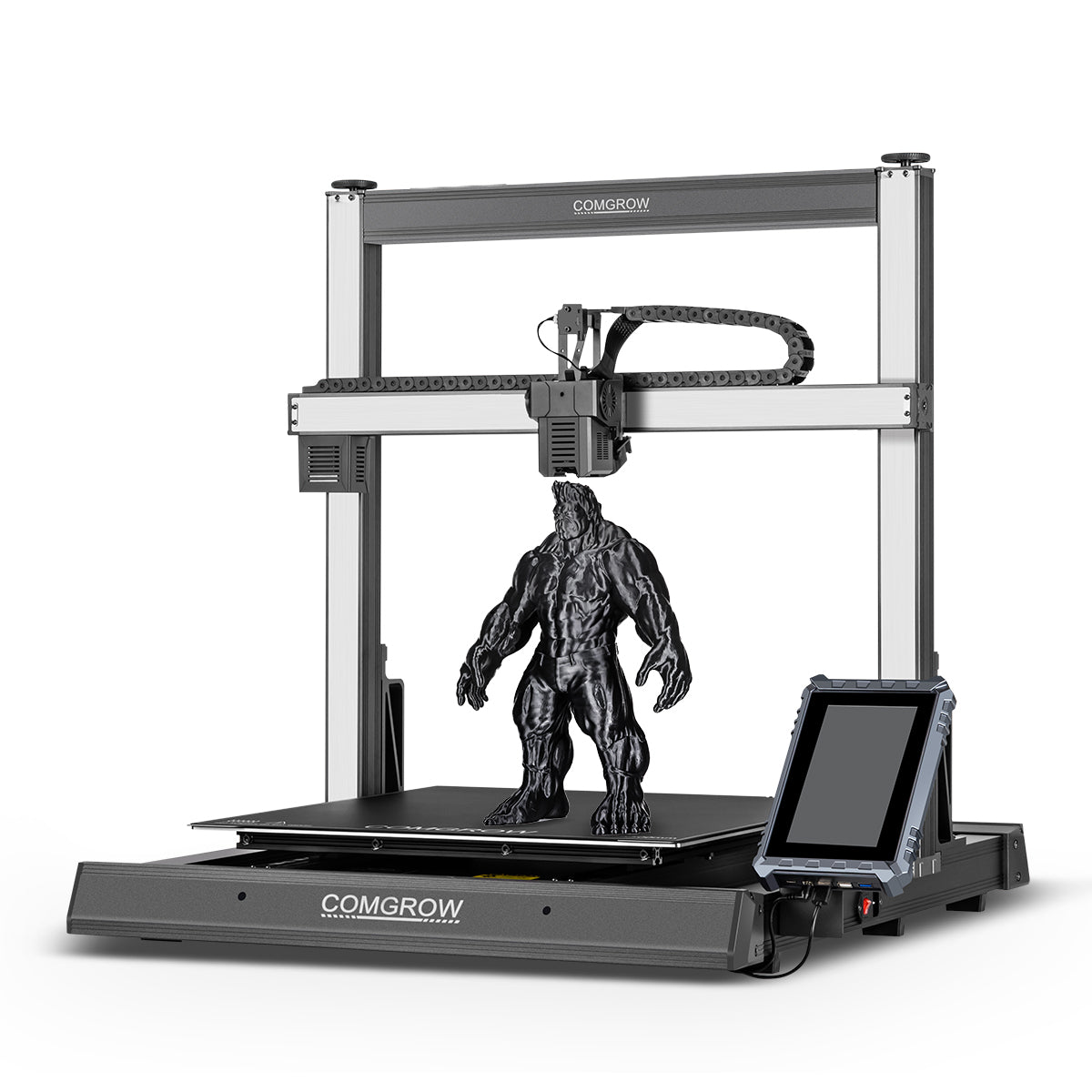
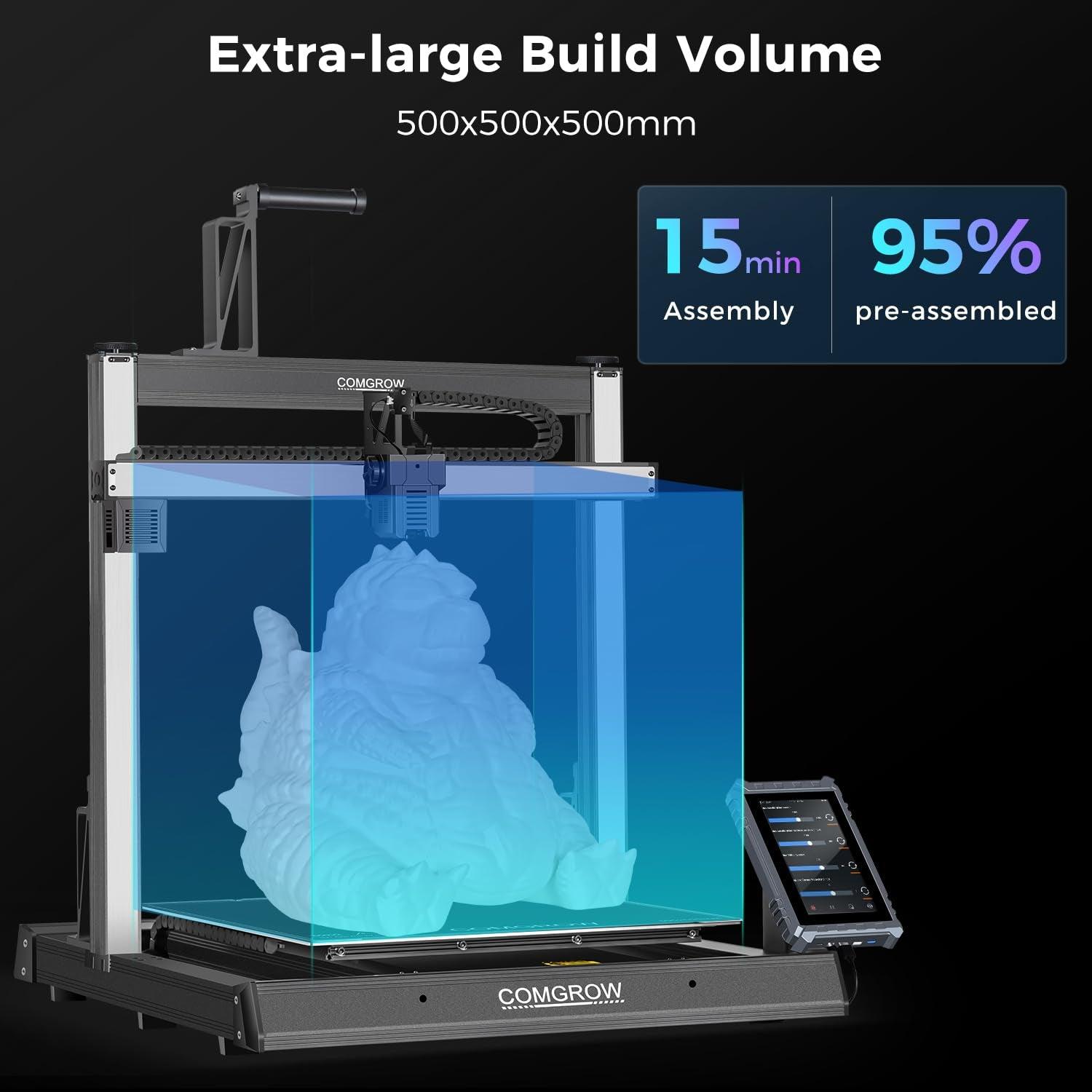
Leave a comment
All comments are moderated before being published.
This site is protected by hCaptcha and the hCaptcha Privacy Policy and Terms of Service apply.